[Sam Topley] specializes in making textile based, electronic instruments and sculptures using embroidery, and this little hoop packs some serious sound (Nitter).
The circuit is a riff on a classic 555 timer circuit, which produces a signal that is modulated by applying pressure conductive textile in different ways. The signal is then piped through a system built in a visual coding interface called MaxMSP, which allows [Sam] to get specific on how to control it. The program shifts the pitch and applies filtering, producing a dynamic dial-up tone-like sound as the user interacts.
To top it off, [Sam] uses vintage resistors and tropical fish capacitors from the 60s that compliment the visual design and match the embroidery floss, they’re both beautiful and functional! This isn’t the only circuit of this kind [Sam] has made, she also produces tons of e-textile radios using similar techniques. We love how this project spans a ton of areas, analog circuitry, vintage tech, and soft circuits!
While we don’t see too many projects involving them come our way, e-textiles are certainly a fascinating topic. Our coverage of 2018’s “eTextile Spring Break” in New York is a must-read if you’re interested in exploring this technology, and the relatively recent news that MIT has developed a washable LED fabric has us hoping we’ll see more projects like this in the near future.


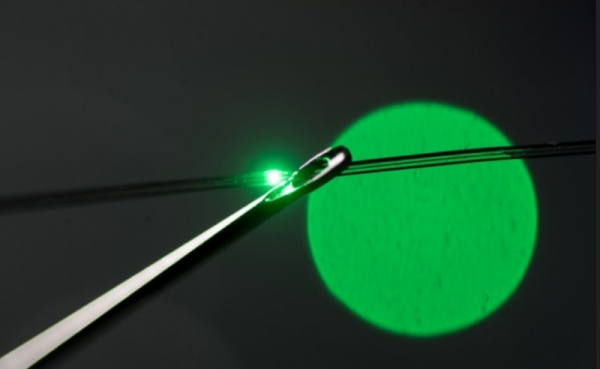
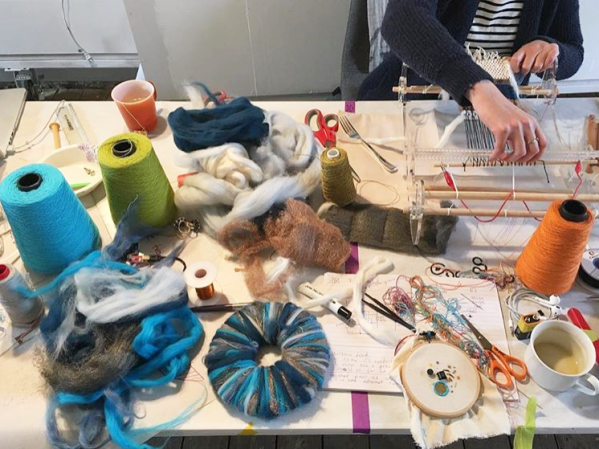
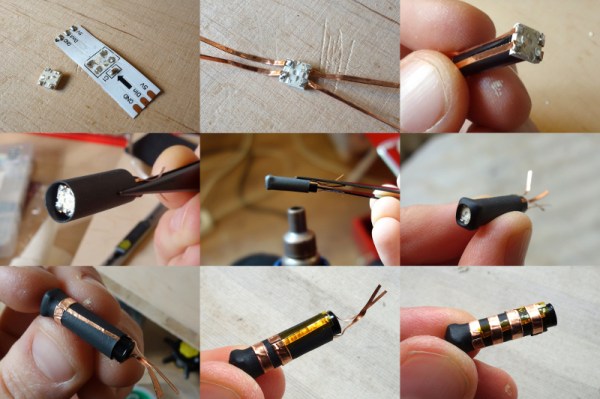

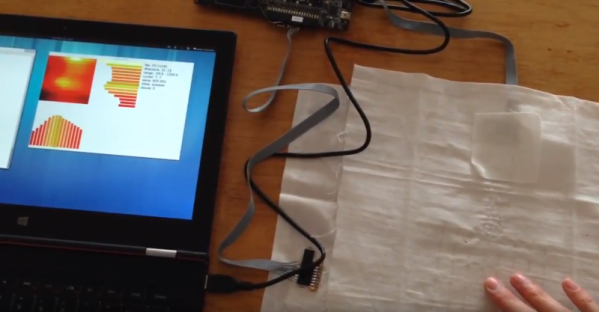
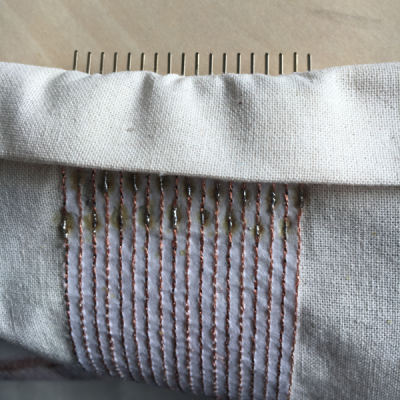

 The approach that Project Jacquard has taken from a hardware standpoint is on point. Rather than having an end user product in mind and design completely towards that goal, the project is focused on the interface as its product. This has the added benefit of endless varieties of textile interface possibilities. As stated in the video embedded after the break, the conductive touch interface can be designed as a visibly noticeable difference in material or seamlessly woven into a garment.
The approach that Project Jacquard has taken from a hardware standpoint is on point. Rather than having an end user product in mind and design completely towards that goal, the project is focused on the interface as its product. This has the added benefit of endless varieties of textile interface possibilities. As stated in the video embedded after the break, the conductive touch interface can be designed as a visibly noticeable difference in material or seamlessly woven into a garment.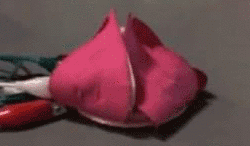 [Alica] and [Jerika] are seniors in the Digital Culture program at Arizona State University and for their capstone, the wanted to take something that is traditionally male dominated and make it more female friendly. They chose e-textiles, which are most commonly extremely avant garde and nearly unapproachable with a lot of LEDs and zany mechanisms. Their initial designs reflected this, with multiple LED strips and huge shoulder pads. Then they discovered Flexinol shape memory actuator wire,
[Alica] and [Jerika] are seniors in the Digital Culture program at Arizona State University and for their capstone, the wanted to take something that is traditionally male dominated and make it more female friendly. They chose e-textiles, which are most commonly extremely avant garde and nearly unapproachable with a lot of LEDs and zany mechanisms. Their initial designs reflected this, with multiple LED strips and huge shoulder pads. Then they discovered Flexinol shape memory actuator wire, 









